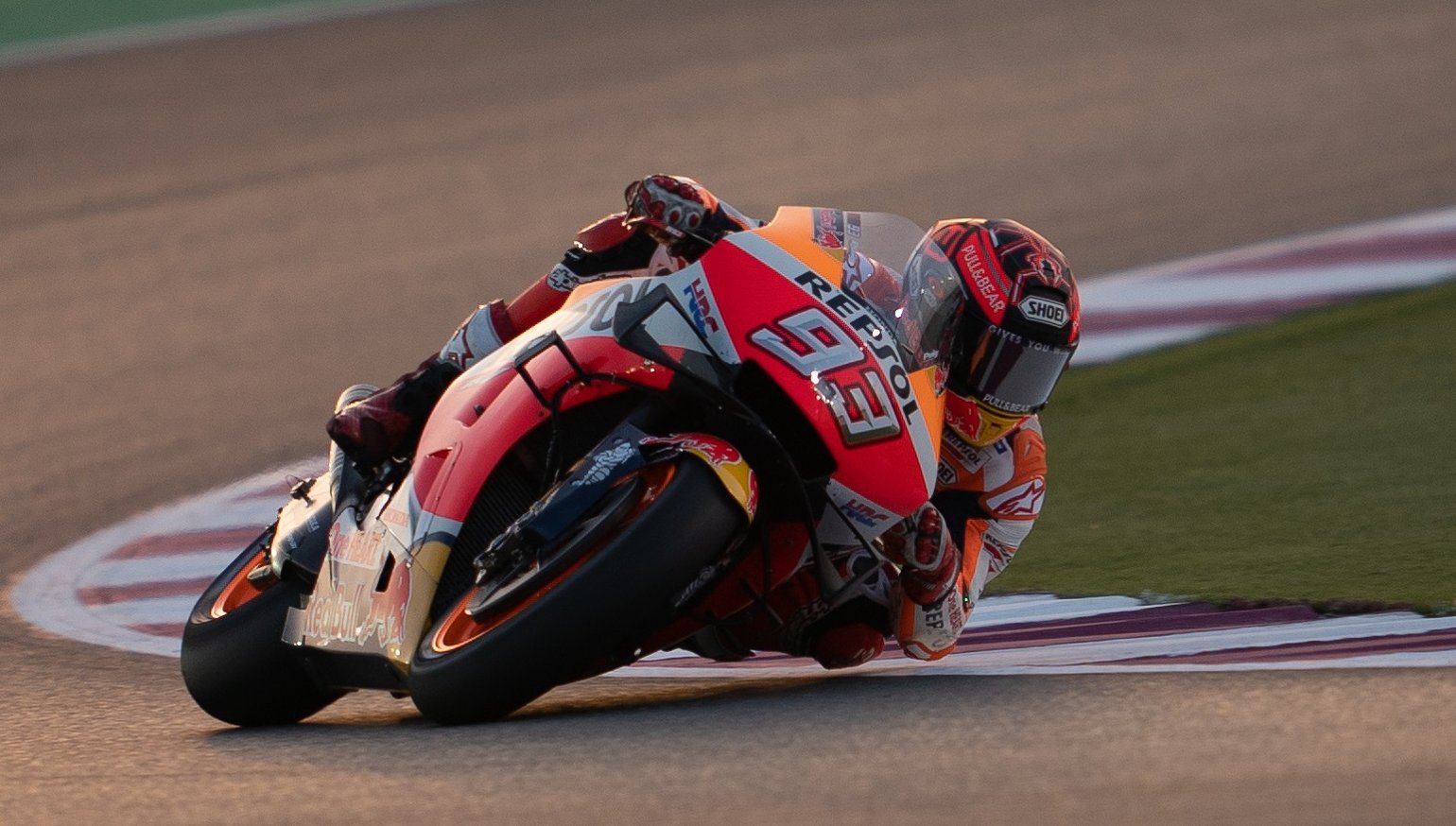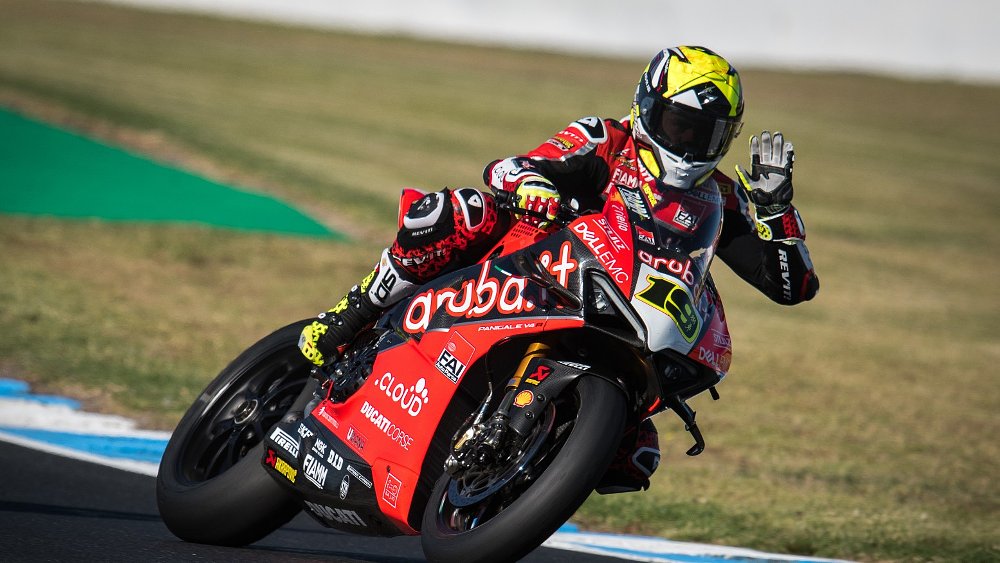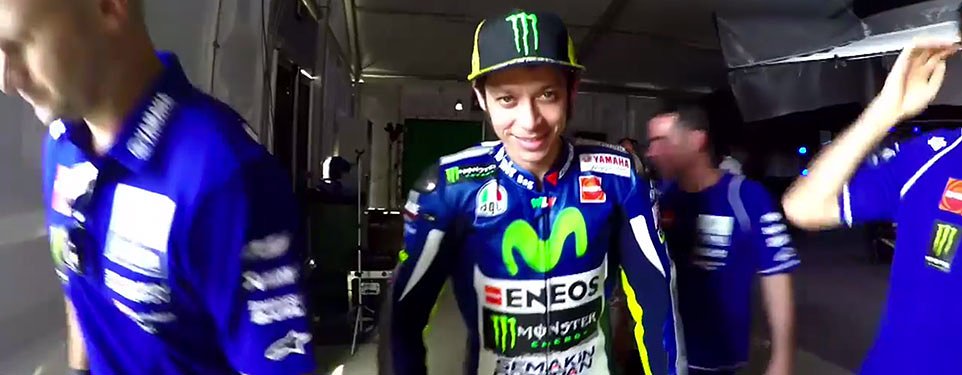Just about any way you measure it, the MotoGP field is tighter than ever. When anyone starts talking about the good old days when grand prix motorcycle racing was more competitive, ask if they're talking about when Giacomo Agostini won 30 consecutive races that he competed in (he skipped a couple) or even five years ago, when Marc Márquez won the first 10 races of the season.
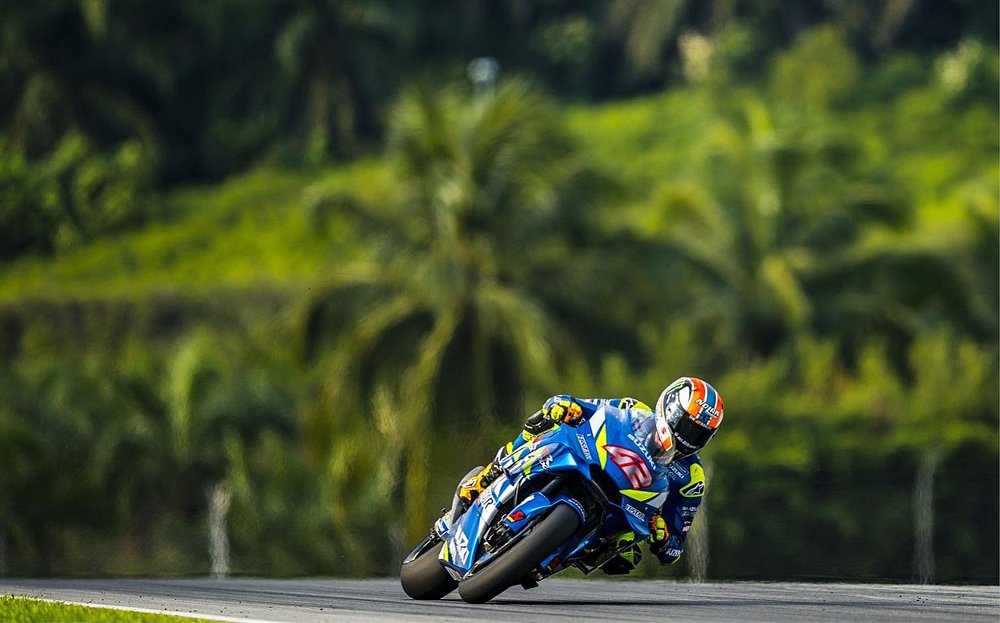
Sure, the same riders on the same teams remain at the front. The best always rise to the top. But from some surprisingly fast rookies to established riders on new rides, there's a lot to watch for as the new season begins this weekend at Losail International Circuit in the desert in Qatar. The pre-season testing and promotional duties are done (this video may be the only time you see Márquez having makeup applied) and it's almost time to start racing.
The five riders I think could win the 2019 title
Combining the best lap times of the three days of the final preseason test at Qatar, the top 15 riders were all within one second of the fastest time set by Maverick Viñales on the Monster Energy Yamaha factory YZR-M1. There were some surprises in that order, especially rookie Fabio Quartararo on the Petronas Yamaha with the second-fastest time in Qatar, just as rookie Pecco Bagnaia was second-fastest on the Alma Pramac Ducati at the Sepang test earlier. Another interesting fact is that at least one bike from all six manufacturers was in that top 15 at the Qatar test.
To go back to a point I made when writing about Álvaro Bautista's stunning debut in World Superbike, what separates MotoGP from WSBK or national championships like MotoAmerica and British Superbike is not the skill and talent of the riders at the front as much as it is the depth of the field. The reason a rider like Bautista can languish in the bottom of the top 10 in MotoGP and then turn in a dominating weekend performance in World Superbike is because he went from a privateer team to a top team with the best equipment. And since you can be excused for questioning my credentials, I'll point out that the same point was made by world champion racer and current MotoAmerica commentator Jason Pridmore on the latest Greg's Garage Pod. By any measurement, the MotoGP field is very closely packed.
That doesn't mean any of those 15 can be expected to win the 2019 MotoGP world championship, however. Some commentators say seven riders could potentially win the title: the two factory riders for Honda, Yamaha and Ducati, plus Álex Rins on the Suzuki. I'm going to narrow that list to five.
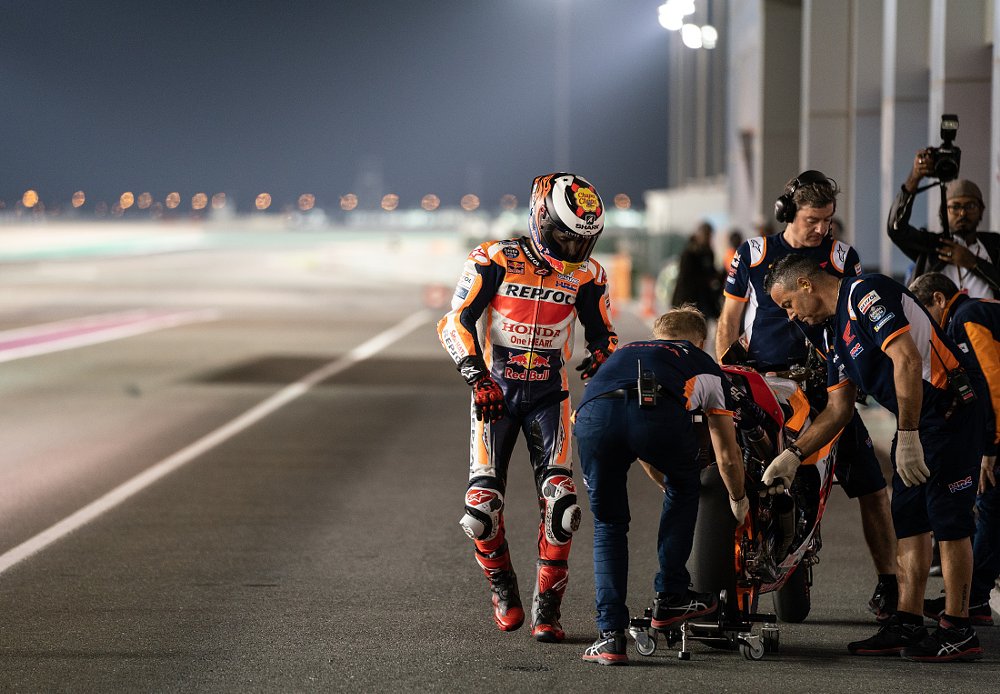
I already went on record in our annual predictions story to say that Repsol Honda riders Marc Márquez and Jorge Lorenzo will finish one-two this season. That was before Lorenzo broke his wrist in the off season, which may set him back in the early races because he had less testing time. Márquez fell on his surgically repaired left shoulder at the Qatar test and it didn't suffer any damage. If Márquez doesn't re-injure the shoulder and Lorenzo continues to adapt to the Honda faster than he adapted to the Ducati, I feel my prediction has good odds.
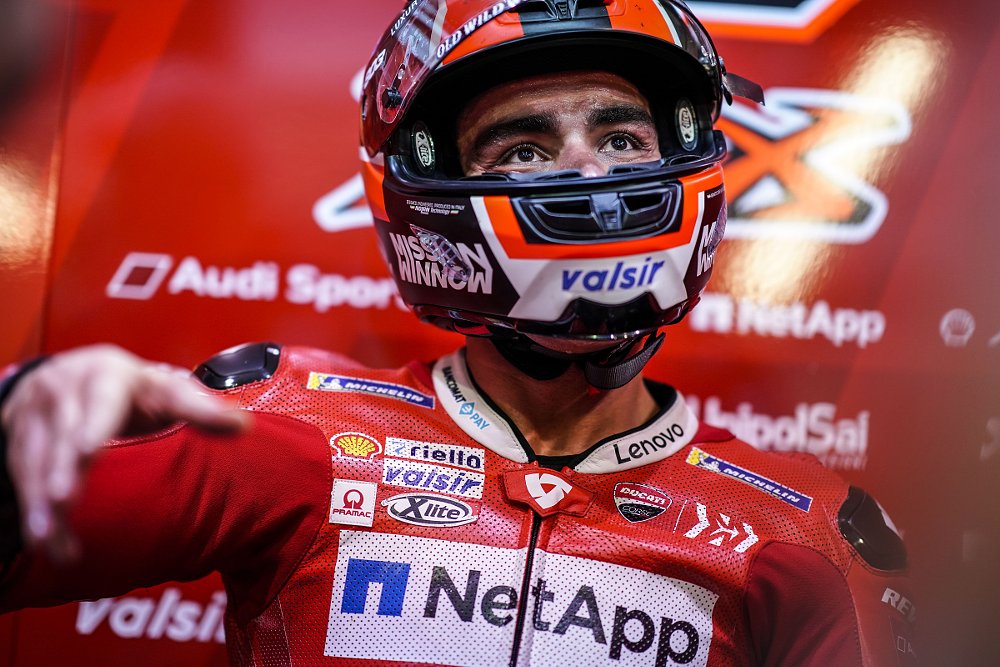
As the clear second-best rider in recent years, Andrea Dovizioso has to be considered a contender. Dovizioso is joined on the Mission Winnow Ducati Team, as the factory team is now called, by Danilo Petrucci. I'm not including Danilo Petrucci as a title contender, not because I don't respect his skills, but just because I think it's too much to expect a rider to go from seeking his first MotoGP race win to winning the championship, all in one season.
I'm also going to do what all the wise old pundits of MotoGP say you should never do and write off Valentino Rossi. Again, that's no disrespect to Rossi, arguably the best motorcycle racer ever. It's just recognizing reality. As tight as the field is, the tiniest disadvantage can move you from race winner to 10th place. Rossi is 40 years old and was not feeling overly confident about his Yamaha through most of the testing. His teammate, Viñales, is feeling pretty good, and if he can build that confidence (something Viñales really needs), he could be a contender. Frankly, though, I expect the most likely scenario is the one we saw last year, where the Yamahas excel at some tracks and in certain conditions and struggle in others, winning only a few races in the end.
To me, the interesting wild card is Rins. Team Suzuki Ecstar has steadily improved the GSX-RR and Rins was fast and appeared confident in testing.
"My feeling was incredible and I’m very happy," Rins said after the Qatar test. "All of the requests I’ve given to Suzuki this winter, they have fulfilled. I feel very positive about the way the bike has been developed."
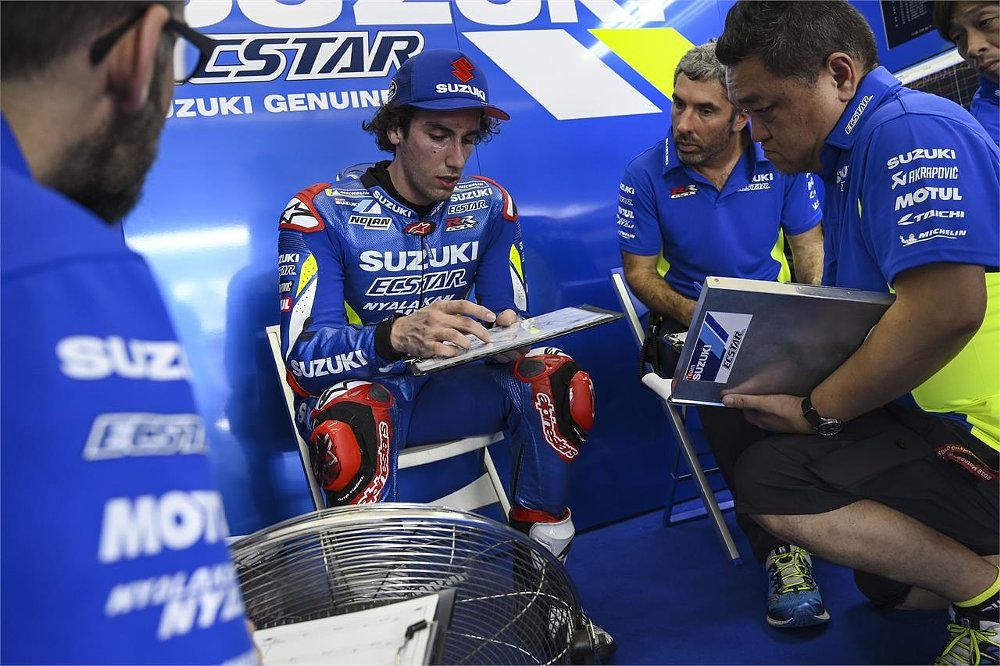
It's also interesting that Rins' new teammate, MotoGP rookie and former Moto3 champion Joan Mir, was already lapping within a second of Rins on the GSX-RR. The Suzuki program keeps creeping up on the top three manufacturers.
What's new for 2019
The 2019 schedule is basically the same as last year's, but new races are to be added the next two years. A round in Finland, where a new circuit is being built, joins the schedule in 2020 and a track is under construction in Indonesia to bring a MotoGP round (plus World Superbike) to that important motorcycle market in 2021. If that happens, one current round will have to be dropped to keep to the limit of 20. Since there are four rounds in Spain, one of those would seem to be the most likely sacrificial lamb in 2021.
Rules changes for this year are significant but will be unnoticed by most fans. One invisible change is that teams now have to use a spec Inertial Measurement Unit (IMU), as well as the spec Engine Control Unit (ECU) they've been using for years. Previously, teams could use an IMU of their choice, and with IMUs showing up on more street bikes, it made sense as an example of the oft-touted but infrequently seen case of racing tech trickling down to street riders. Dorna was concerned, however, that the programming of the IMUs could be used to affect the standardized programming of the ECU, so beginning this season, spec IMUs must be used, as well.
One thing that may be noticeable to sharp-eyed fans is a new restriction on aerodynamic aids. Fairings can no longer have removable and changeable parts, so teams won't be able to tweak the aerodynamics from track to track, week to week.
Finally, a new method of imposing an in-race penalty has been created that is intended to be more fair. In past years, riders were told to give up one position if they gained an advantage by, for example, running off the track. But giving up a position was sometimes difficult to do in the midst of a multi-rider battle and could be an uneven penalty, depending on a rider's position in the pack. In 2019, a penalized rider will have to ride through an off-track detour that will cost a few seconds.
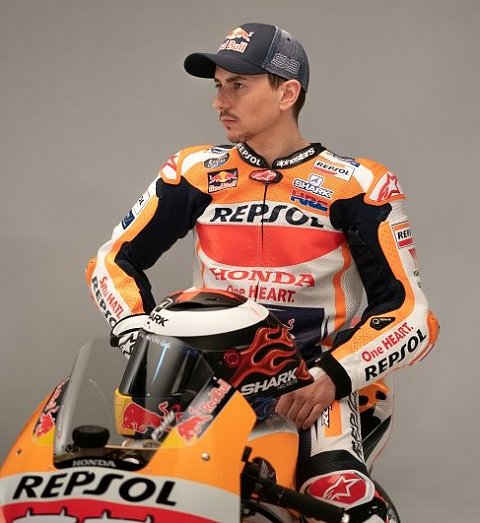
What happens in Qatar, stays in Qatar
Whatever happens this weekend, there will be the temptation to draw too much from it. But just as the Phillip Island opener is not often a good indicator of who will win in World Superbike, the opening MotoGP round at Losail International Circuit is of little use in predicting the rest of the season. It's a different kind of track and the only race run at night under lights. The last time a winner at Qatar went on to win the title was 2014, the year Márquez won the first 10 races of the season.
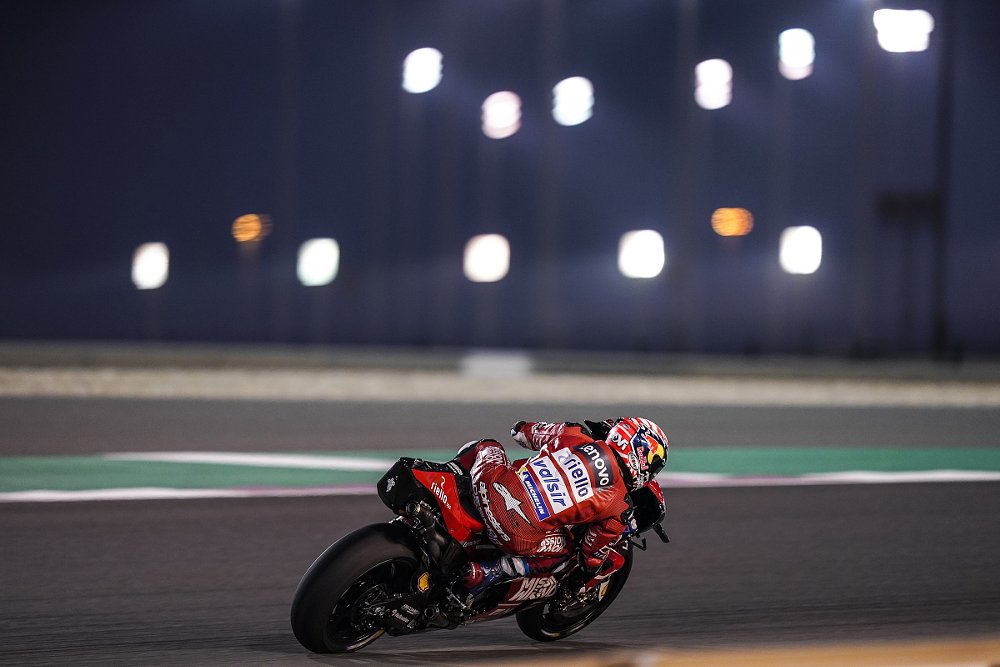
There's one way Qatar could have an outsized effect on the championship, however, in a negative way. That's if someone gets injured in a crash due to the unique nature of the race.
Qatar pays MotoGP organizer Dorna a lot of money to host the opening round and it wants the race at night, both to avoid the heat of the day and make the stage more dramatic. The problem is that at some point in the evening, as temperatures in the desert drop, moisture condenses and dew forms on every surface. As some riders were reminded at the most recent test, it's impossible to see that moisture forming on the track and it will send you sliding into the gravel traps.
The problem is that the window between sunset and the moment when moisture starts condensing is fairly short and not 100 percent predictable, and Dorna is trying to squeeze both the Moto2 and MotoGP races into that window. Starting races earlier means Moto2 riders have to face riding into a blinding desert sunset. But the later the MotoGP race starts, the greater the risk of the worst-case scenario, which would be dew forming rapidly during the final laps of the MotoGP race, when riders are pushing for the win, and contenders crashing out of contention and getting hurt.
MotoGP racing under the lights makes an eye-catching spectacle, but it's an odd duck in every way: racing at night, under quickly changing conditions, far from home for any of the racers and in front of hardly any fans. Enjoy the return of MotoGP this weekend, but don't read too much into what happens in the first round.




